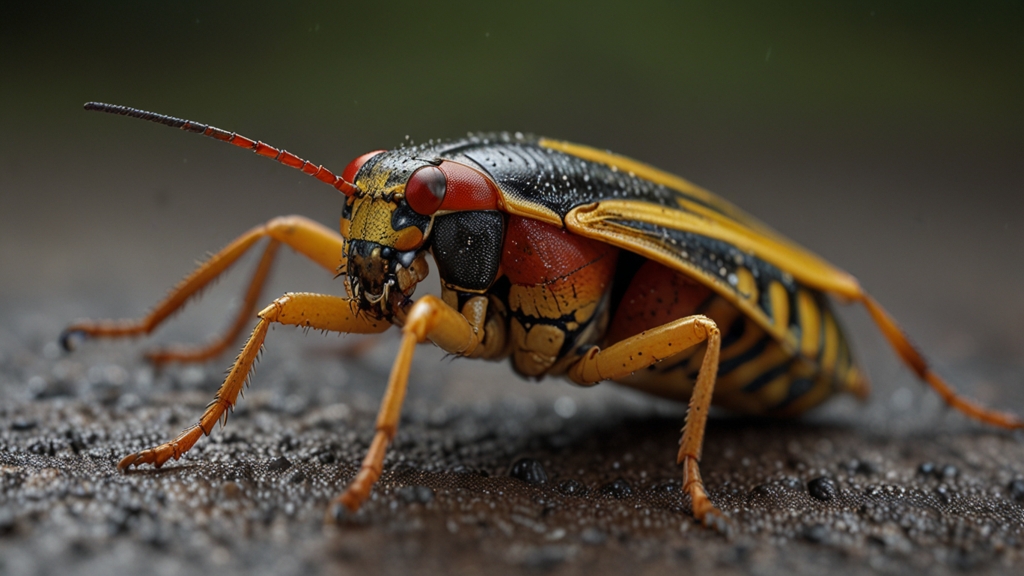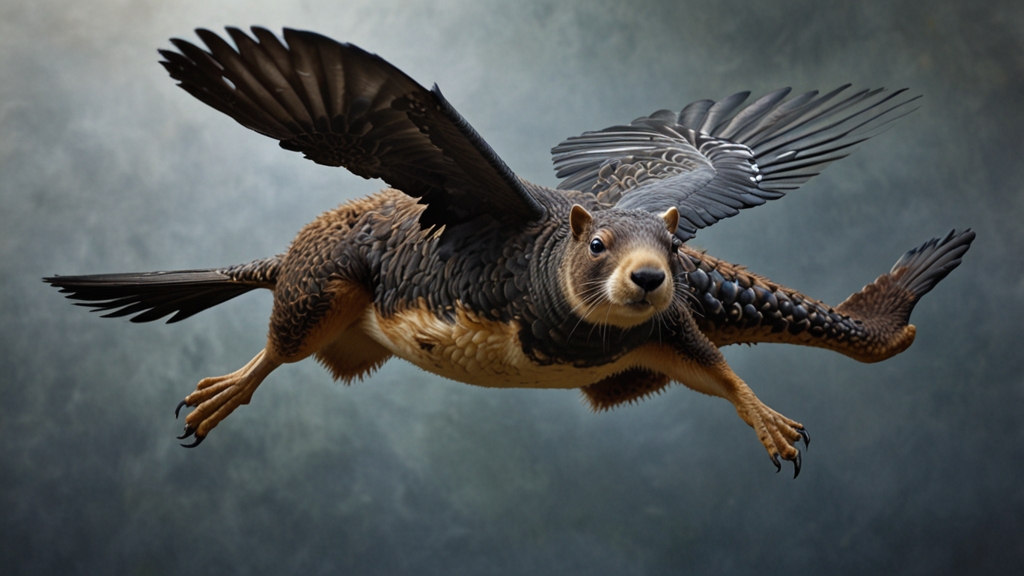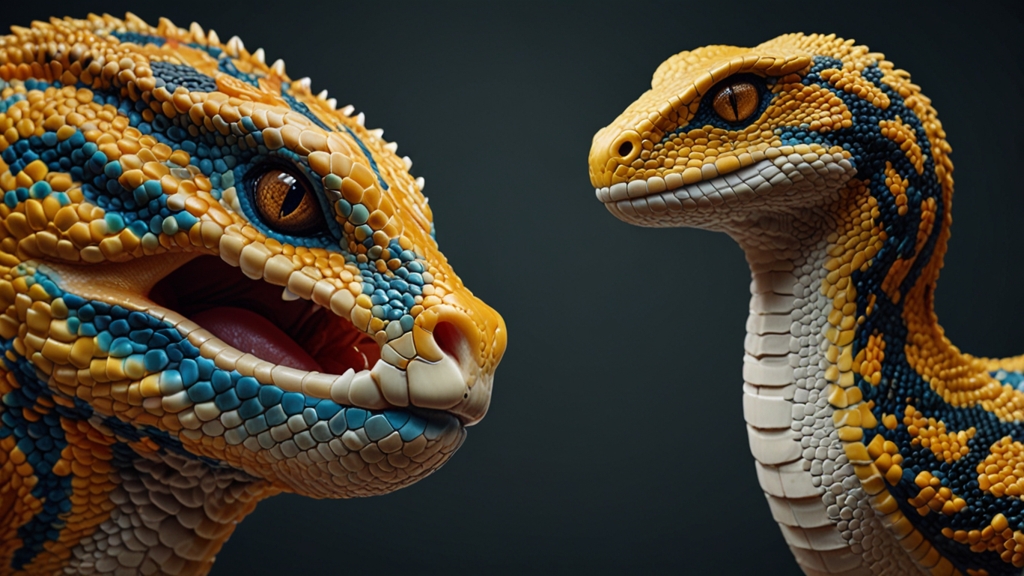Killer Bugs: The True Story Behind Nature's Most Vicious Insects
In the vast expanse of the natural world, few creatures inspire as much fear and fascination as insects. While many of these critters are harmless, some harbor deadly traits that make them formidable predators and dangerous threats to humans. This article delves into the world's most vicious insects, unveiling the chilling truths behind their lethal capabilities.
The Ferocious Mosquito
The mosquito might seem like a mere nuisance, but it's much more than that. This tiny insect is responsible for more human deaths than any other creature on Earth. Through the transmission of deadly diseases such as malaria, dengue fever, Zika virus, and West Nile virus, mosquitoes have earned their reputation as deadly vectors.
“The World Health Organization estimates that malaria alone causes over 400,000 deaths each year, with children under five being particularly vulnerable.”
With approximately 3,500 species of mosquitoes, their global reach and adaptability are key to their survival and deadly efficiency. Despite their size, they pack a powerful punch, making eradication efforts a crucial, ongoing battle.
The Venomous Bullet Ant
Renowned for having one of the most painful stings in the insect kingdom, the bullet ant gets its name because its sting feels like being shot. Found in the rainforests of Central and South America, these ants are not just painful but also impressively organized and fierce defenders of their colonies.
The Schmidt Sting Pain Index, created by entomologist Dr. Justin Schmidt, rates the bullet ant’s sting as the most painful, a level 4+, describing it as “pure, intense, brilliant pain. Like walking over flaming charcoal with a 3-inch nail embedded in your heel.”
The Aggressive Asian Giant Hornet
Also known as the 'murder hornet,' the Asian giant hornet has garnered significant media attention due to its size, aggression, and deadly sting. These hornets can grow up to 2 inches in length and possess mandibles strong enough to decapitate honeybees, their preferred prey.
“A few hornets can decimate an entire bee hive in hours, highlighting their destructive capability.”
The sting of the Asian giant hornet carries a potent venom that can cause severe pain, tissue necrosis, and, in some cases, death, particularly if the victim is stung multiple times or has an allergic reaction. Their presence in North America has raised concerns among entomologists and beekeepers alike.
The Insidious Tsetse Fly
Native to sub-Saharan Africa, the tsetse fly is a bloodsucker with a dangerous secret: it transmits trypanosomiasis, commonly known as sleeping sickness, to humans and animals. This disease can be fatal if untreated, causing a myriad of symptoms including fever, headaches, extreme fatigue, and neurological deterioration.
The tsetse fly’s method of feeding involves piercing the skin with its proboscis and injecting saliva that contains potent anticoagulants to facilitate blood uptake. Unfortunately, this process also includes the transmission of the Trypanosoma parasite, which wreaks havoc on the host's immune system.
Assassin Bugs: The Silent Killers
True to their name, assassin bugs are stealthy predators with a lethal bite. This diverse group of insects employs a unique method of predation: injecting toxins into their prey that liquefy tissues, allowing the bug to suck out the nutritious contents.
“Some members of the assassin bug family transmit Chagas disease, a potentially life-threatening illness that affects an estimated 8 million people in Central and South America.”
Chagas disease can cause long-term damage to the heart, digestive system, and nervous system, making the assassin bug more than just a predatory menace. Their ability to spread disease underscores the importance of effective control measures in endemic regions.
Conclusion
The natural world is full of creatures that exemplify the raw power of evolution. While many insects play crucial roles in their ecosystems, these vicious varieties serve as reminders of nature's darker side. From the tiny mosquito to the formidable bullet ant, these killer bugs possess remarkable adaptations that make them efficient predators and, in some cases, deadly threats to humans. As we continue to study and understand these insects, we gain not only knowledge but also the tools to mitigate their impacts on our lives.




